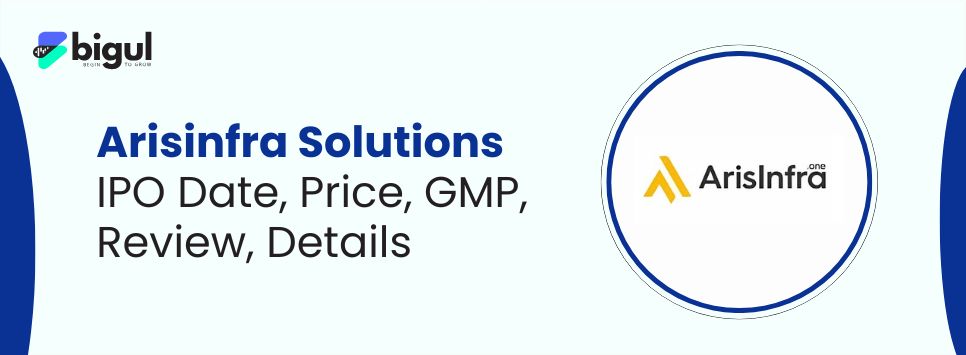In the world of stock market trading, investors can engage in several different types of trading. Each type of trading has its unique benefits and drawbacks, and traders must understand the differences to choose the best approach to their individual investment goals and risk tolerance.
What is Trading, and how has Online Trading Changed the Traditional Approach to it
Trading means buying and selling financial instruments such as stocks, bonds, options, and futures to generate a profit. For many years, trading has been a popular activity for investors seeking to make money in the stock market.
However, online trading has significantly transformed the stock market by making trading more accessible, convenient, and affordable for individual investors. Prior to online trading, investors had to rely on brokers to place trades on their behalf, and the process was often time-consuming and expensive. With the rise of online trading platforms, individual investors can now access a wide range of financial markets and securities from the comfort of their own homes. Online trading platforms have also made it possible for investors to research and analyze markets and securities in real-time, enabling them to make more informed decisions about their trades.
In addition, online trading has significantly reduced the cost of trading, making it accessible to a wider range of investors. Online trading platforms typically charge lower commissions and fees than traditional brokerage firms, making it more affordable for investors to buy and sell stocks.
Online trading has also increased market liquidity and trading volumes by providing investors with a faster and more efficient means of executing trades. The ability to trade instantly online has enabled investors to take advantage of short-term price movements, resulting in higher trading volumes and greater liquidity in the market.
Types of Trading and its Benefits
Let us explore the primary types of trading in the stock market and their respective benefits.
- Day Trading
Day trading is a type of trading in which investors buy and sell stocks within the same day. This means that all positions are closed before the market closes for the day. The primary benefit of day trading is that it allows traders to make quick profits by taking advantage of short-term price fluctuations. However, day trading can also be risky, requiring quick decision-making and a deep understanding of market trends.
- Intraday Trading
Intraday trading is similar to day trading, but the difference is that traders hold their positions for a slightly longer period. Intraday traders typically hold their positions for a few hours or less and are not required to close out all of their positions at the end of each trading day. The benefit of intraday trading is that it offers more flexibility than day trading while still providing the potential for quick profits.
- Position Trading
Position trading is a type of trading in which investors hold positions for a longer period, ranging from several weeks to several months or even years. The primary benefit of position trading is that it allows traders to take advantage of long-term trends in the market, and it is less reliant on short-term price fluctuations. Position trading requires a more patient approach and a willingness to ride out market fluctuations, but it can be a good strategy for investors looking to build wealth over the long term.
- Scalping
Scalping is a high-frequency trading strategy that involves buying and selling stocks in rapid succession, often within seconds or minutes. The goal of scalping is to make quick profits by taking advantage of small price movements. The benefit of scalping is that it can be a very profitable strategy when executed correctly. Still, it requires a great deal of skill and experience, as well as the ability to act quickly.
- Momentum Trading
Momentum trading is a strategy that involves buying stocks that are trending upward and selling stocks that are trending downwards. The goal of momentum trading is to ride the trend and make profits as long as the trend continues. The benefit of momentum trading is that it can be a very effective strategy in a market with strong trends but risky in a market with high volatility.
- Swing Trading
Swing trading is a strategy that involves holding positions for several days to weeks. Swing trading aims to capture short-term price movements within a larger trend. The benefit of swing trading is that it allows traders to take advantage of both short-term and long-term market trends, requiring less time and attention than day trading or scalping.
- Delivery Trading
Delivery trading is a type of trading in which investors buy stocks and hold them for a longer period, often several months or even years. The primary benefit of delivery trading is that it allows investors to take advantage of long-term trends in the market and build wealth over time. Delivery trading requires a patient approach and a willingness to ride out market fluctuations, but it can be a good strategy for investors looking to invest for the long term.
Conclusion
In conclusion, the stock market offers a variety of trading options for investors, each with its unique set of benefits and risks. Understanding the different types of trading, including day trading, intraday trading, position trading, scalping, momentum trading, swing trading, and delivery trading, is essential for investors to make informed decisions that align with their investment goals and risk tolerance. As with any investment, it is important to conduct thorough research and develop a solid trading plan before engaging in any type of trading in the stock market. With the right strategy, investors can reap significant rewards and build long-term wealth in the stock market.








.jpg)
.jpg)
